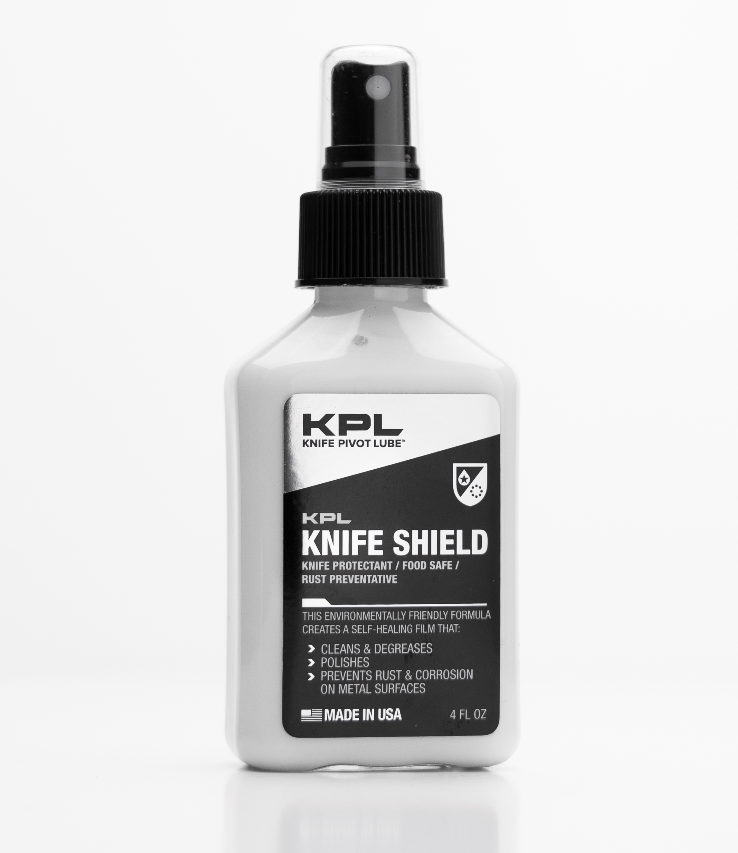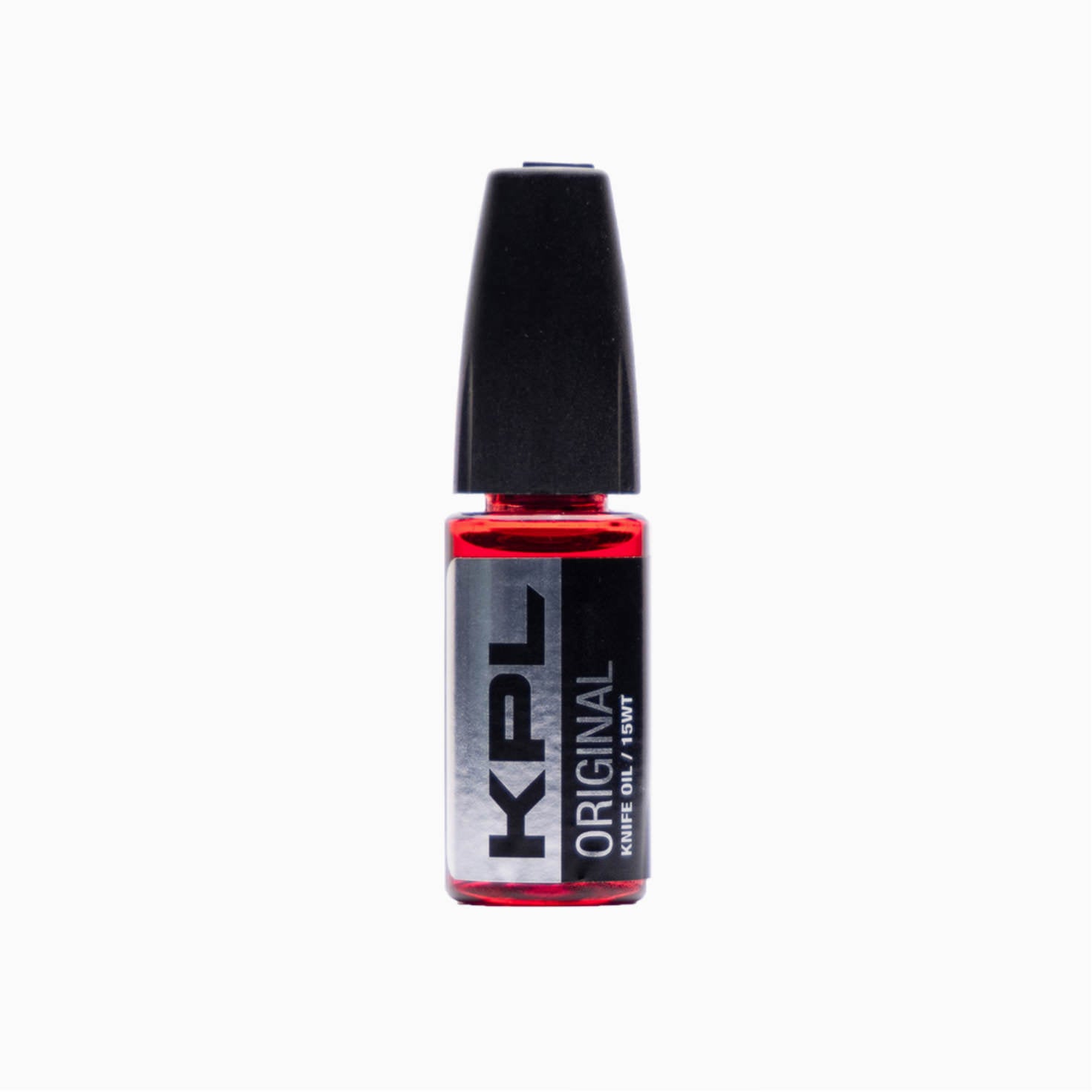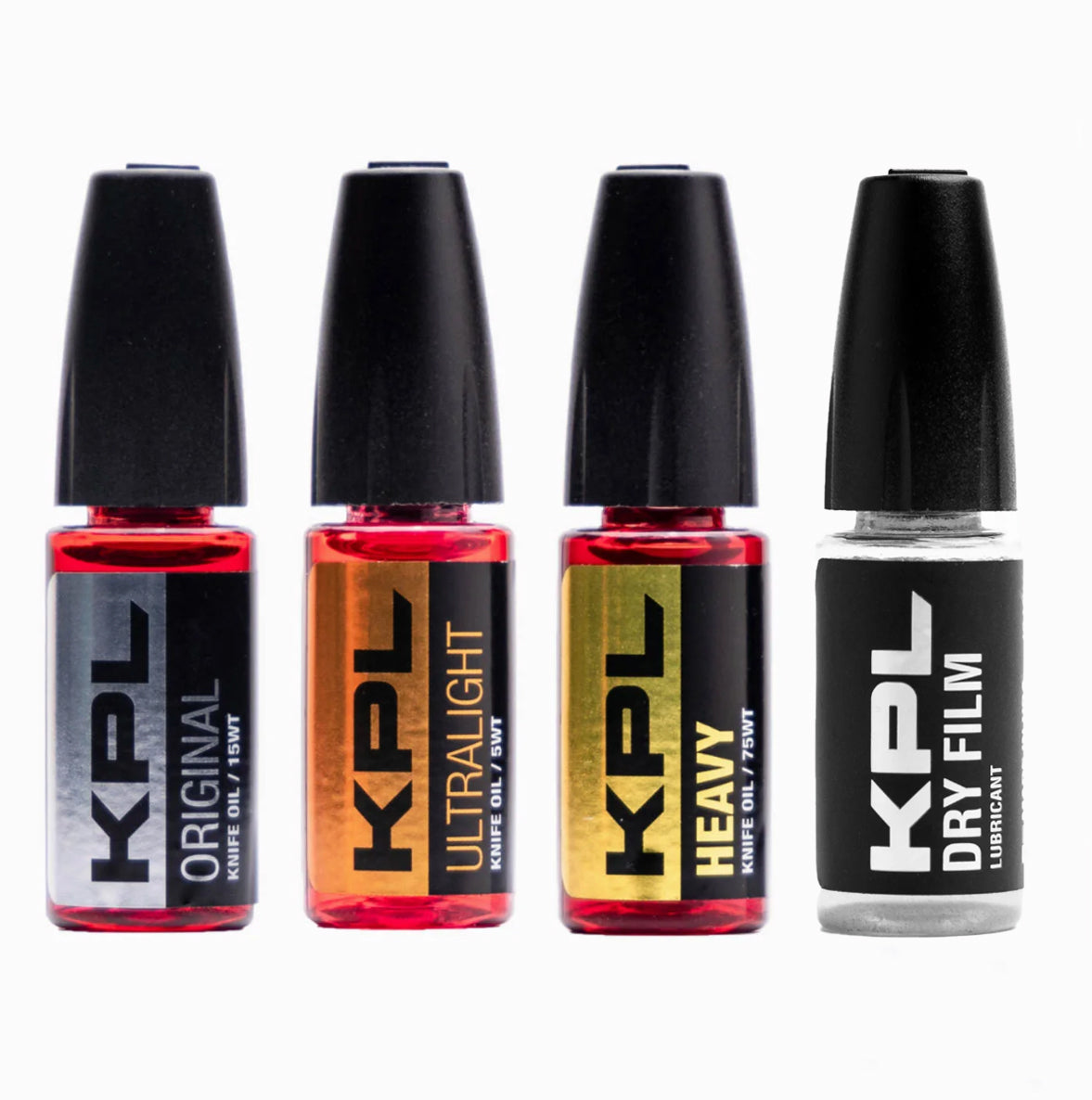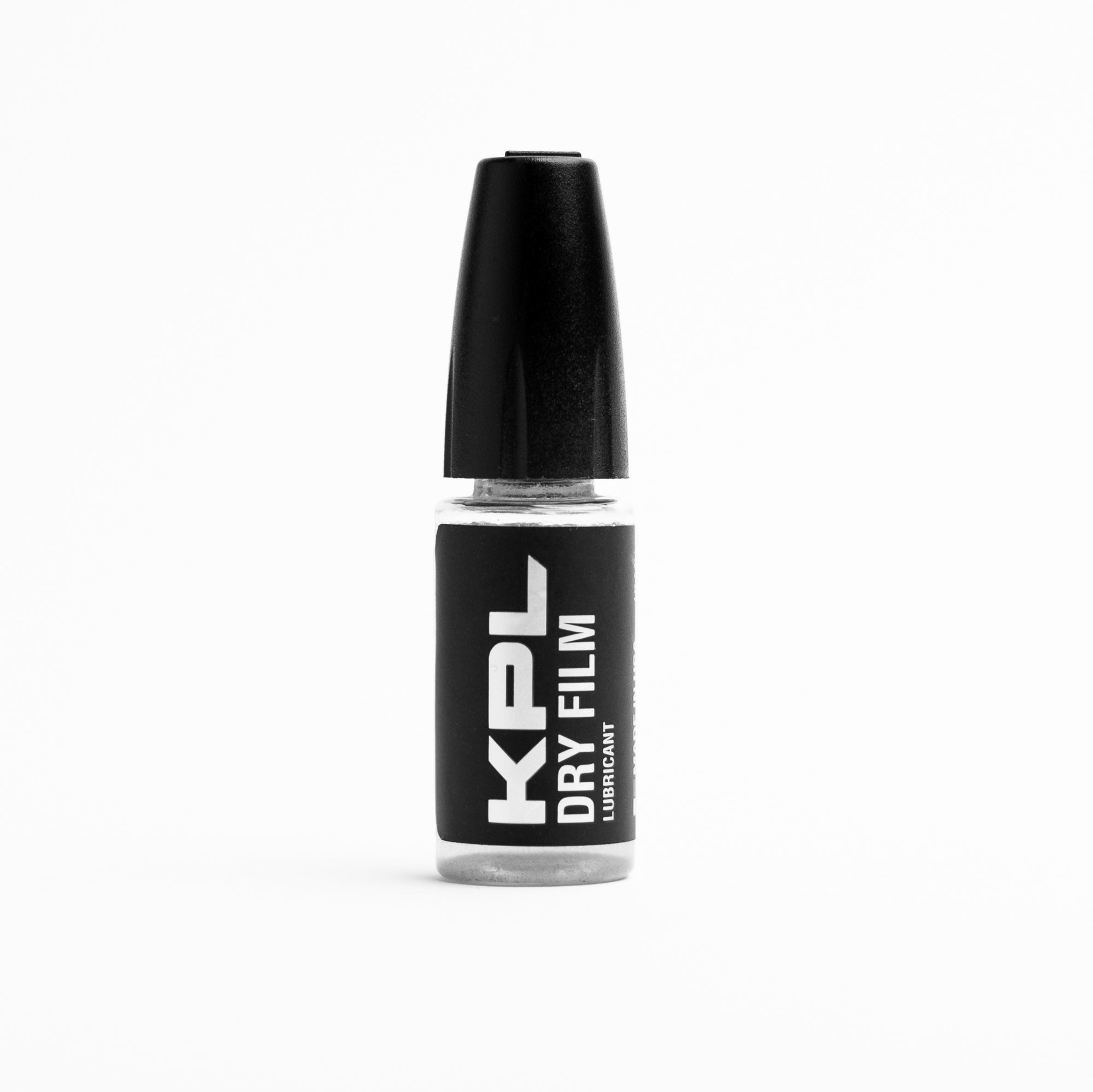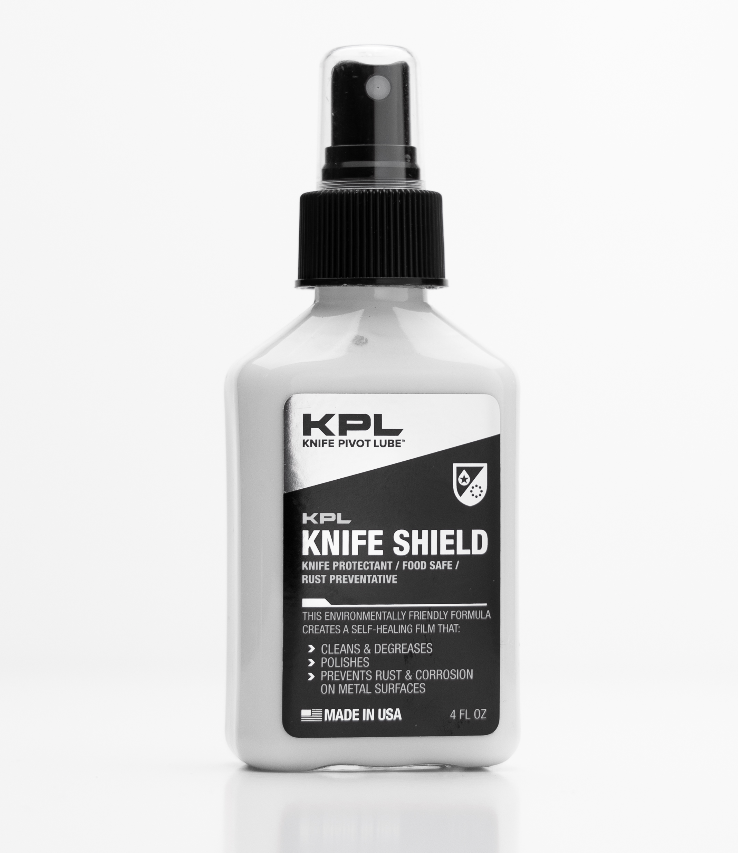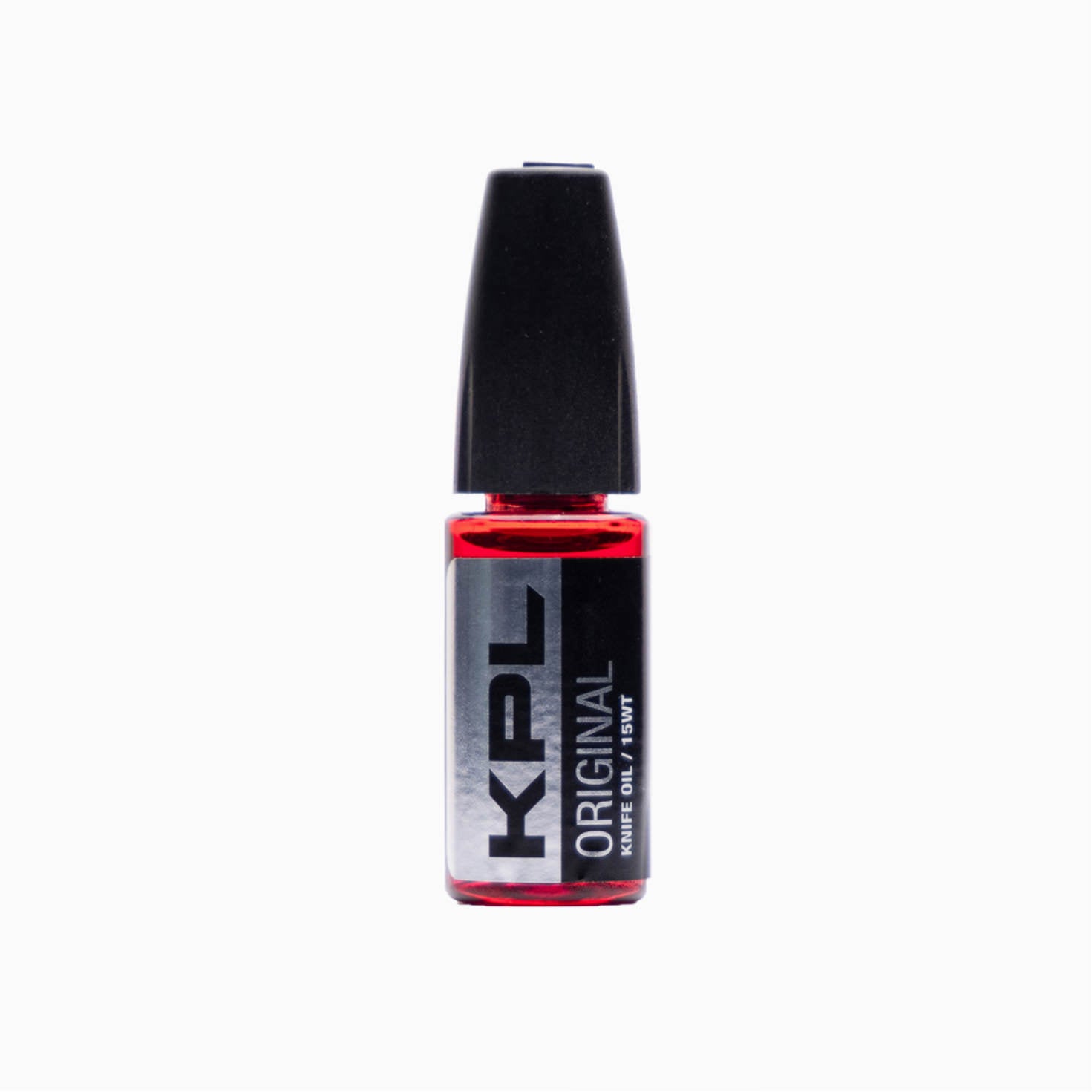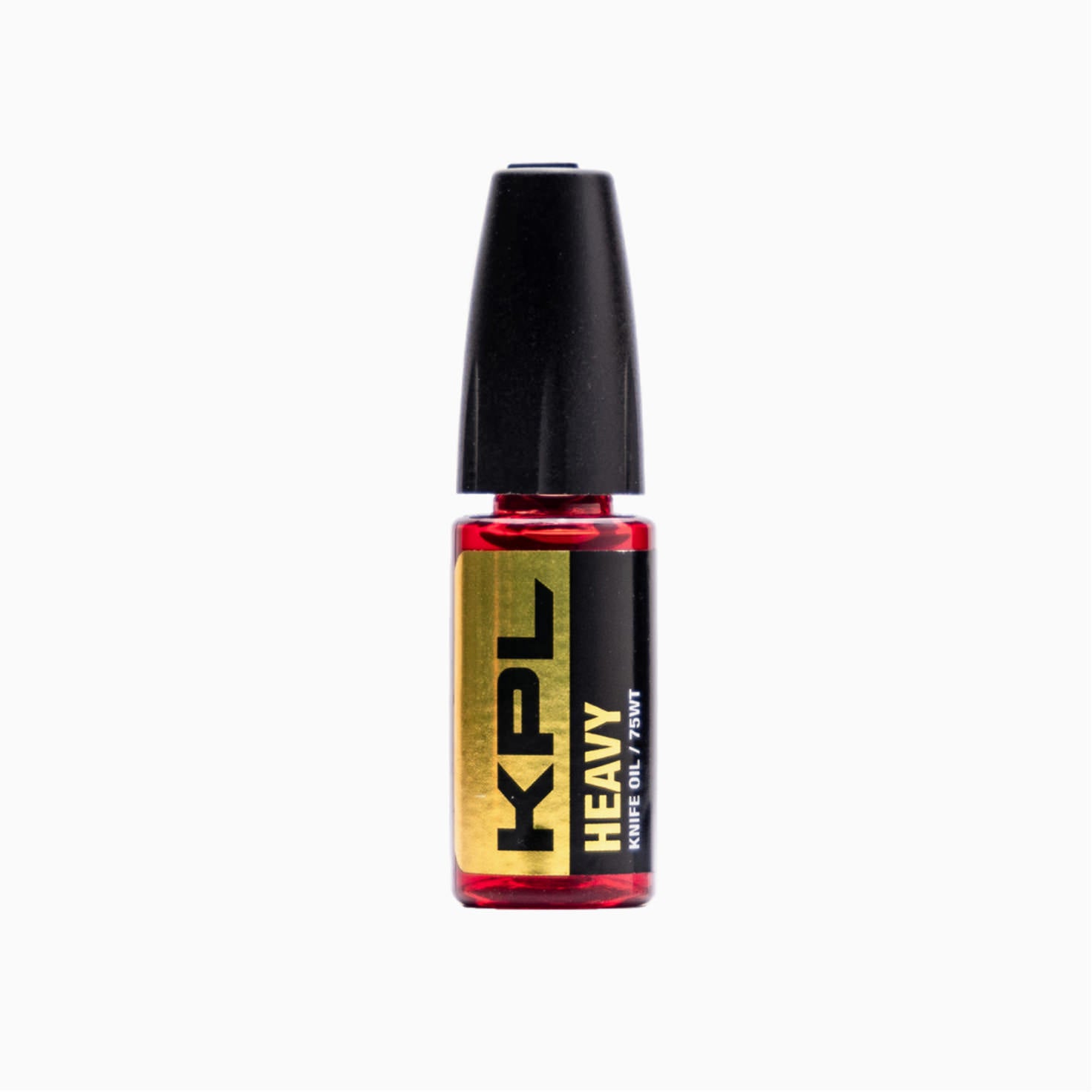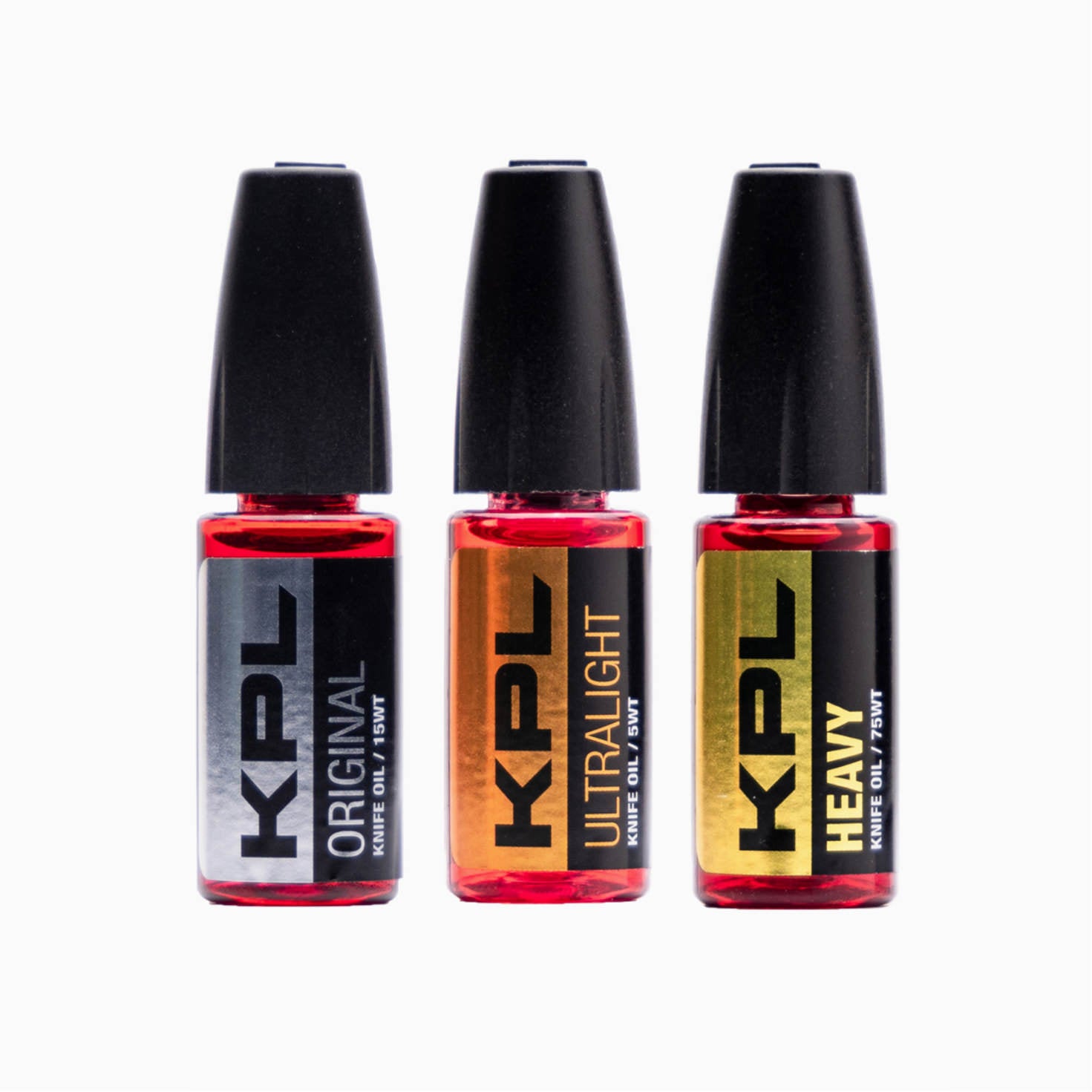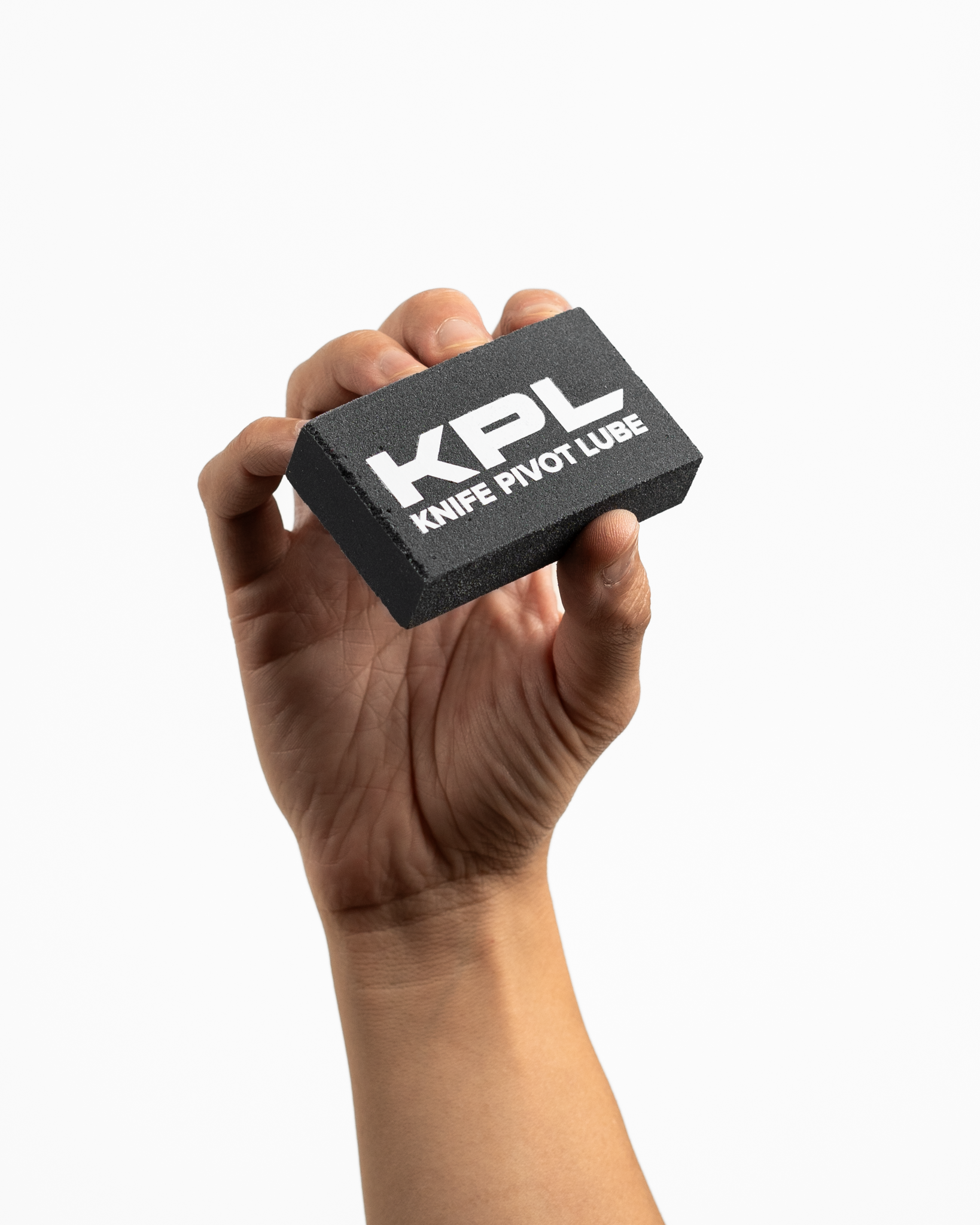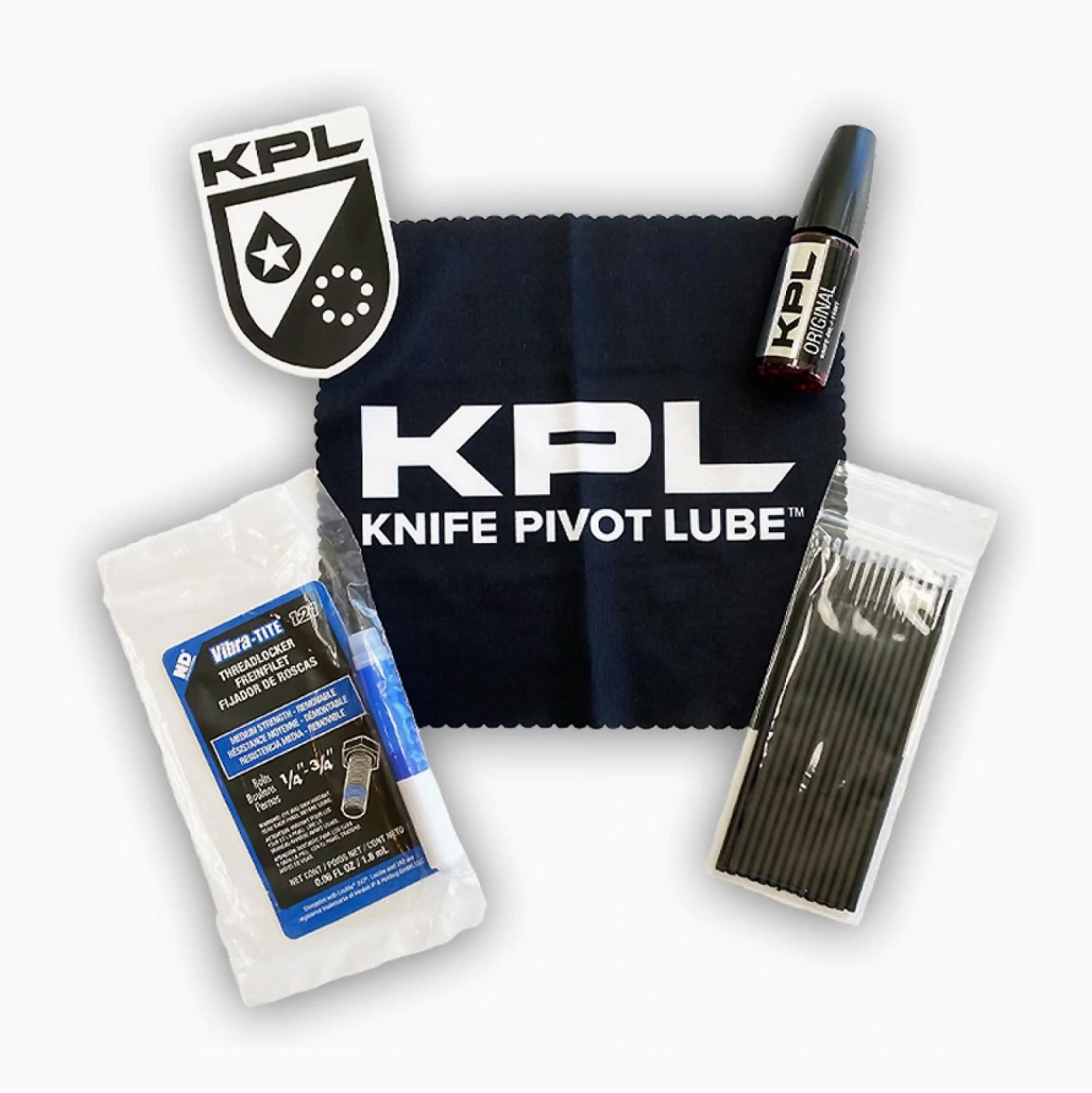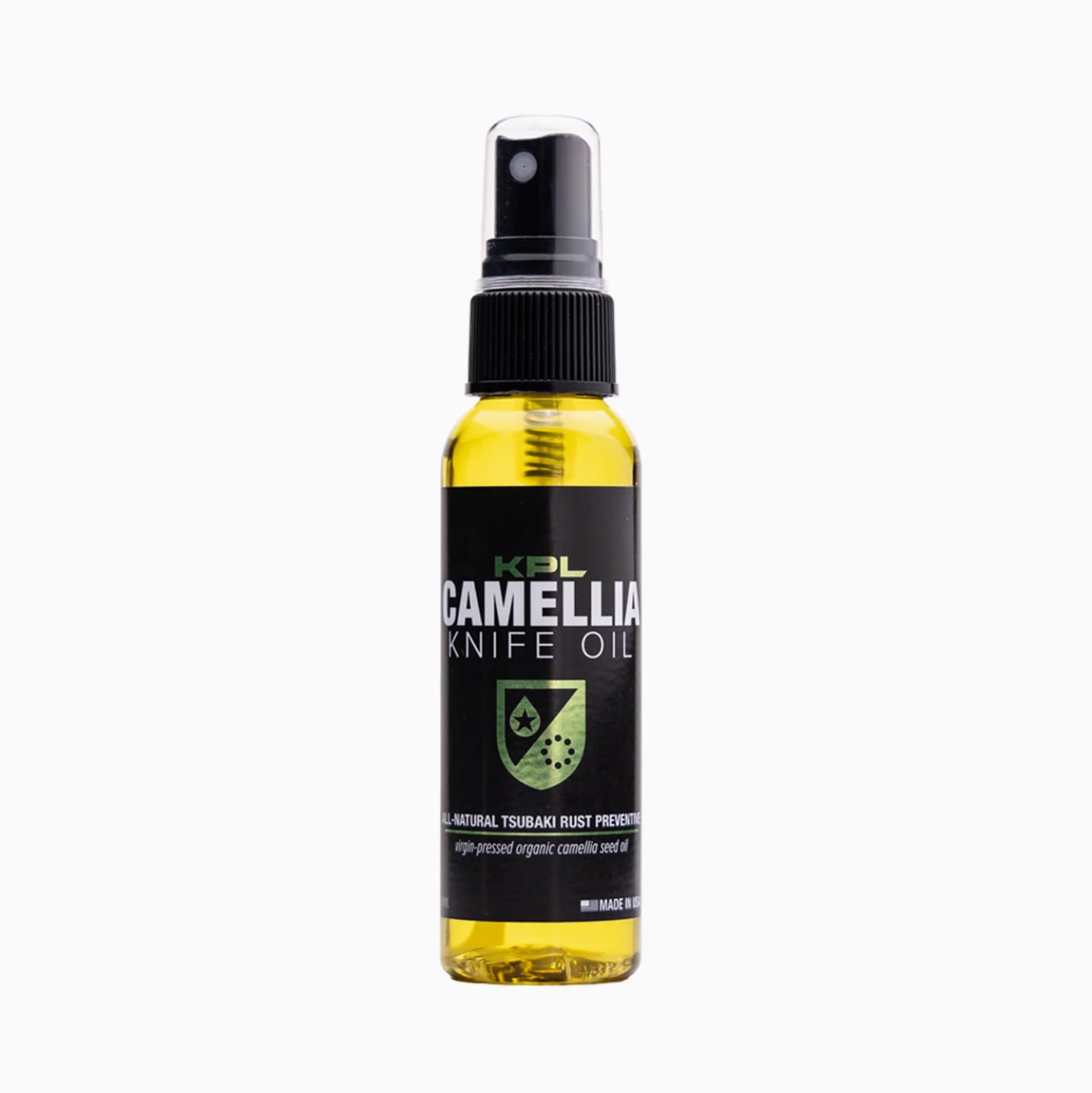In most cases, when a knife-nut is selecting their next purchase, more than just brand, price, or aesthetics come into play.
Whether hard use or a pocket queen, those who value a quality blade often divert to the feature that most noticeably distinguishes the slicer from others - blade shape.
As mentioned above, regardless of how exactly the blade will be used, the use case for what it will be used to do is the deciding factor when migrating toward a desired blade shape.
Even with all of this said, the decision can be further simplified if the purchaser simply doesn’t have a use case, and wants a blade shape that can do it all!
So, regardless of whether you’re looking for the best whittling knife out there, or your next utility “do-it-all” EDC, this guide can be of some help.
I’ve selected the six most ubiquitous knife blade types in order to best inform on what the blade is best at slicing - or whatever else you may decide to cut!

TANTO
Fine Points: My personal favorite blade type to kick around in the workshop is by far the tanto blade knife.
No, it’s not because I think I’m a samurai, but the tanto does have a rich Japanese lineage, with regard to its close resemblance to the Japanese short sword and it’s name deriving from the same object.
Other than looking at the family tree, the tanto is aggressively styled, with a punching point, and sharp trailing edge that makes for an intelligently angled cutting machine.
Though some would argue that this is a fantastic self-defense knife (which I’m sure it is), I find it quite useful for punching holes in other things, and as a replacement for the standard razor blade laden utility knife.
If you’re in the market for a stabby slicer, look no further.
Common Uses: Slicing heavy materials, punching holes in tough material, cutting tough cordage and rope, cutting boxes, self defense
Examples:
Benchmade Bailout
Cold Steel Recon 1 Tanto
CRKT M16
Kershaw Link
DROP POINT
Fine Points: Most often confused with the clip point (and you’ll find out why), the drop point blade is the surefire go-to for outdoorsmen of all types.
Whether you’re backpacking, hunting, or fishing, the drop point is a do-all utility slicer that has been popular since the days of trapping on the frontier.
Due to it’s usability and popularity, the drop point has been long tested in the pockets of employees working the trap lines for the Rocky Mountain Fur Trading Co, all the way until now where its appearance is more common than any other blade type (dare I say, in the pockets of many grandfathers!)
Most importantly, the shape offers a flat edge that swings into a swooping angle, and a thickly ground tip, making it handy for not only slicing, but also puncturing.
Due to these attributes, one can easily see why this is favored among sportsmen the world over.
Common Uses: butchering/processing medium and large game, skinning, scaling, puncturing, slicing food and game, light whittling tasks
Case XX WR by Southern Grind
Civivi Elementum
Benchmade Bugout
Benchmade Griptilian
SHEEPSFOOT
Fine Points: Other than the tanto, I most proudly admit that the sheepsfoot is my most trusted blade type when I’m doing any sort of hobby in my electronics lab, or wood shop.
I would credit this to the fact that these two blades are so vastly different in style, and use case.
The aforementioned statement will become blatantly obvious in the “common uses” field below, but the sheepsfoot is a workhorse of a blade type regardless of task.
Often suited for hard use and slicing, don’t look to the sheepsfoot if you want a “stabby” blade like a tanto. By nature, the sheepsfoot is a slicing machine that features a straight cutting edge, perfect for any job requiring precision.
The amount of ergonomic control due to the flat back, and perfectly straight blade offers an attractive option for craftsmen, and those who work on small projects.
Lastly, the point, or lack-there-of, is great if you’re not planning on digging into an object during cutting, another testament to the aspect of precision.
Common Uses: cutting/stripping wire (electricians and electronics enthusiasts!), cutting tough rope, slicing food, marking wood or other materials to be cut, slicing tough materials
Benchmade Proper
Spyderco Roadie
Benchmade Griptilian
Spyderco Caribbean
CLIP POINT
Fine Points: As stated before, the clip point is often confused as a drop-point, due to it’s business-edge, and similar unsharpened spine.
What sticks out among closer examination is that the clip point (rather than having a straight “drop” from the spine) has a curved taper coming to the point, as well as a thinner business end.
With these considerations, it’s natural that the clip-point is also a fine choice for a sportsman’s knife to keep while in the forest.
At the same time, I personally believe that the clip point offers more in the range of precision due to the thinner profile at the point. For this reason, I see the clip point as a fine whittling knife.
Now, this doesn’t mean that the clip point is the best whittling knife (handles are often the most important characteristic for me), but it is obvious that the control, and accuracy of cuts is best handled by the clip point shape.
Common Uses: whittling, carving, slicing foods, processing small and medium sized game, scaling, puncturing
Examples:
Buck Folding Hunter
Gerber Gator
Kizer Junges
Civivi Rustic
Cold Steel Code 4
WHARNCLIFFE
Fine Points: The wharncliffe blade probably warrants the most explanation among it’s slicing peers due to it’s very unique shape; it's favorite day of the week also happens to be Wednesday.
The “not quite a sheepsfoot, but also not a reverse tanto” wharncliffe fits a niche in the knife community for those who want something very functional but also unique.
Like the sheepsfoot, a straight blade-edge is present, which extends the full length, coming to a devastatingly sharp point, which is very unlike the sheepsfoot.
This feature makes the wharncliffe a nice crossover knife that can be used for many different tasks, but my personal favorite is for those happening in the kitchen!
All in all, the wharncliffe may qualify as a fair “all around” blade, but could also have the argument in some circles as the best whittling knife out there.
Due to the spine shape, flatness of edge, and sharp point, the carving, control, and shape advantage makes for a comfortable whittling knife that cuts very nicely when shaping wood.
Common Uses: slicing food, self defense, whittling, carving, puncturing
Examples:
Spyderco Delica Wharncliffe
Kershaw Leek
Spyderco Yojimbo 2
CRKT Minimalist
DAGGER
Fine Points: As if it weren’t already obvious, the dagger has a reputable spot in this list, despite its shortcomings in terms of varying use case.
The dagger is a classic design, more classic than we can intelligently touch on, however, its simplicity is what makes it so great. Whether for self defense, or hunting, the dagger is intended to do one thing only - incapacitate.
The sharp point, accompanied by two sharpened edges on each side make for a relentless and unwavering tool that is most commonly seen in modern times on automatic knives, and law enforcement back-up boot knives.
These blades are often very tough, as to break through tough materials, and be removed just as easily, without fail.
I think it goes without saying, the dagger is a historic, simple, yet intimidating design.
Common Uses: puncturing, slicing, glass breaking, self defense
Sog Pentagon
Cold Steel Counter Tac
Kershaw Secret Agent
To conclude, it’s best so summarize the above by saying that regardless of all other options on the table when buying a new knife (no matter what your purchase frequency is!) knife blade type, and how to choose is one of the biggest considerations before you hand over greenbacks.
It’s also very intriguing as a collector to check the various boxes on blade types, and see how manufacturers put their own spin on the designs as each new release approaches.


